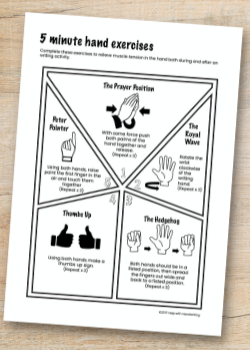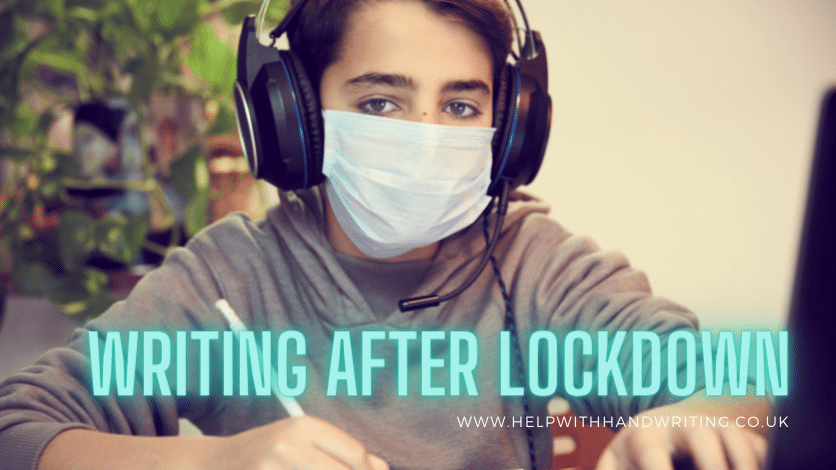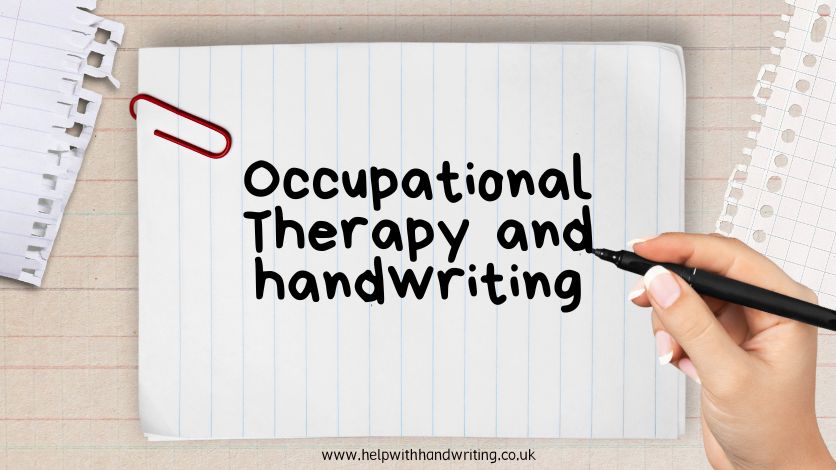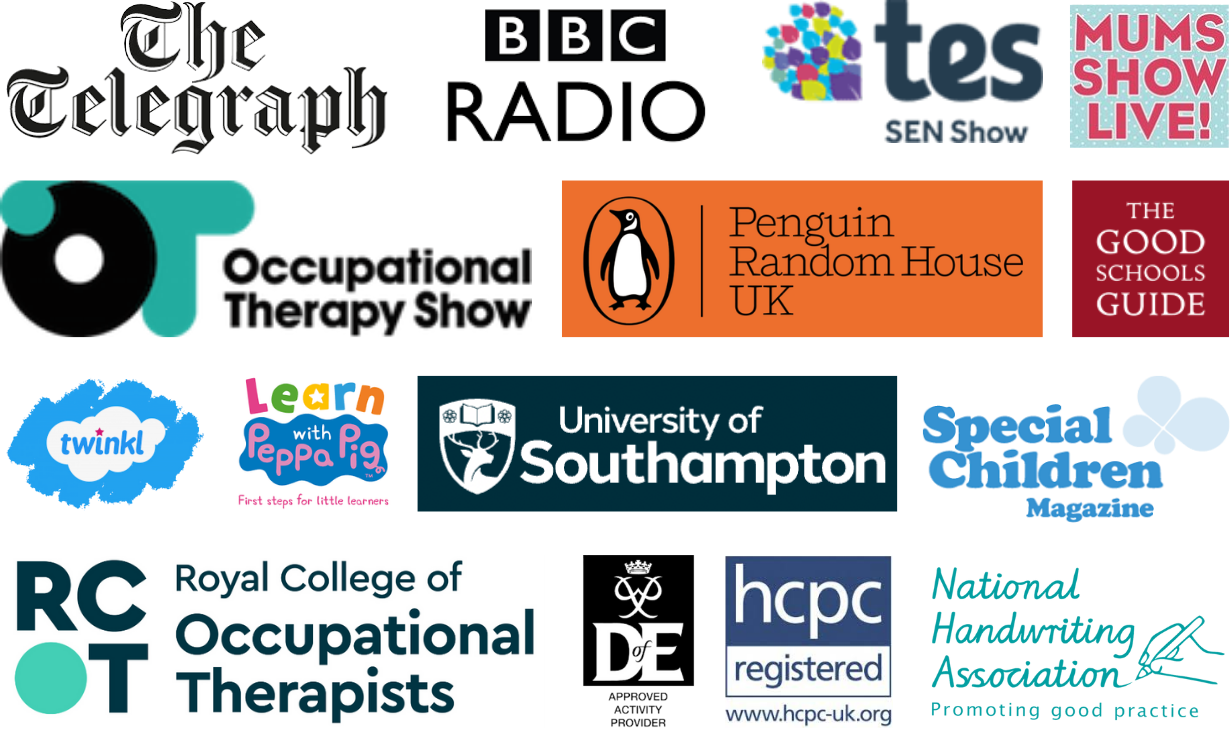Handwriting after lockdown - We know that lockdown has been hard for us all.
Life during and after lockdown was/is hard. In particular, it has had a huge impact on our children. We are only just beginning to understand more about handwriting after lockdown now. Children are taking time to get back into ‘the swing of things’ and teenagers are doing their best to suggest we no longer need to write.
Whilst it is frustrating for us as adults, imagine how it feels for our children? Lots of the skills that they have already been learning at school have changed too.
One skill that has changed during lockdown is that of handwriting.
It has either deteriorated or stopped altogether.

You may have seen some parents boasting about the level of work that their children have been able to produce at home. Some schools were using their social media posts to ‘show and tell’ examples of good handwriting.
These examples of improved handwriting should be seen as an exception. It didn’t happen for most kids.
Many parents and many children have not been able to do the same work at home, particularly when it comes to handwriting. I can assure you of this because this is what they are telling me.
But why did it change? What can be done to try and reverse this?
Whilst schools and many parents have tried their best to master homeschooling.
It is true that children have not been writing as much as they would have in school. School creates an environment that encourages children to write as much as possible, but at home, this is not the case. As well as this, the work that children have been completing in lockdown is often on the computer. Which is excellent for their IT skills, but perhaps not for their handwriting.
What you might see. . .
1. Reduced letter legibility

Letter clarity and legibility may be reduced. You may also find that the overall sizing is larger than expected. Some may have forgotten how to join certain letters together or how to hold a pencil. They may need some extra help in the form of individual online handwriting lessons to get them back on track.
2. Poor concentration
Another reason children have seen a change in their handwriting is that the periods of time they have had to concentrate on their work at home were shorter than they are used to.
At home, some child have had their own ‘personal assistants’. Mum, Dad or siblings have provided them with a rubber when needed or have sharpened a pencil, found their pencil case when they couldn’t find it and so on.
Now that they have returned to school, it is their turn to organise themselves again. They are expected to spend extended periods focusing on their learning and, of course, focusing on their handwriting. This can leave them feeling fatigued and impact on the quality of handwriting that they are going to produce. Some kids have even been moved to sit at the teachers desk so that the teacher can ‘keep an eye on them’.
What needs to happen to improve handwriting after lockdown?
The vital thing to understand is that the changes that have occurred during lockdown are not permanent. They can be reversed.
However, it is not going to happen overnight.
Be patient
Be patient, their handwriting will come back to the level it was before lockdown. Remind them how to hold a pencil by physically showing them where to position their fingers. When in the classroom for the first time in a while, the pace of work will probably feel rapid and fast. The whole environment can feel ‘full on’ especially as a teacher may expect them to take less time to complete a writing activity than what they were used to.
Teach children to do some finger stretches.
Children will need to put in some effort and take time to improve things. With the reduced amount of time spent on handwriting it is to be expected for children to say their hand hurts when writing. This is because they haven’t used those hand muscles for some time.
A really good exercise is rotate the thumb around each finger. This gets the blood flowing back into all parts of the hand. Another key thing is to encourage their children to practise their writing more. The muscle memory of writing is something that a child won’t lose; they will just need to do it more and more, then their muscles will remember what to do.
If you want some quick 5 minute exercises there is always my hand exercise sheet.

Play 'Where's Wally' games
It may also take them longer to copy things from the whiteboard as they will not have been used to the neck movements of looking up and down plus retaining the information seen. It’s possible that their visual scanning skills may also be reduced.
Games such as ‘Where’s Wally’ can help a child notice visual differences needed when noticing if a letter is an i or a l.
My final wish to you is don't despair.
It might take some time for children to get back on track with their handwriting and learning.
It’s important to keep calm, it should all click back into place. If you are still concerned in a few weeks, then get in touch. I can help your child and any reluctant teenager, get back on track and improve their handwriting after lockdown. Find out more about our 1-to-1 online lessons.









